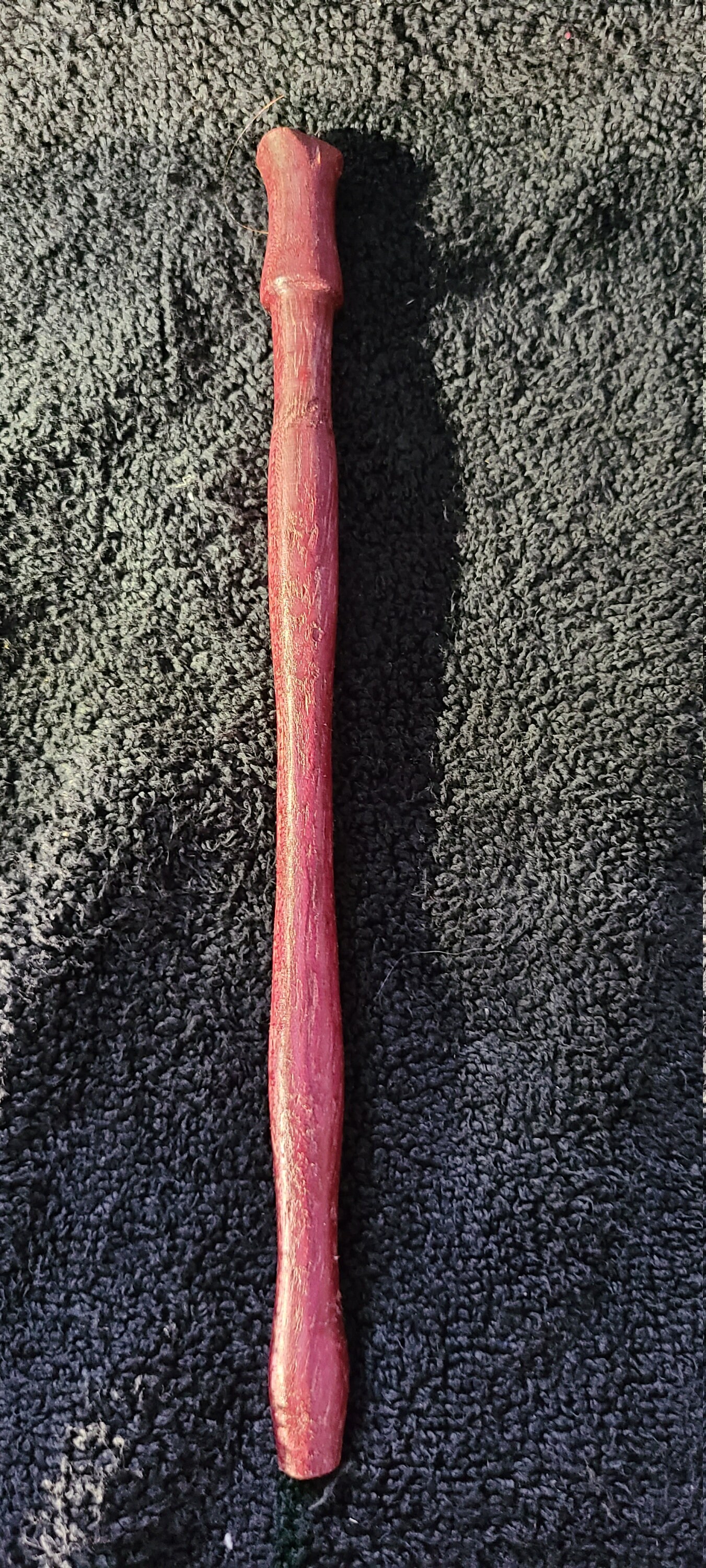

In fact, it is often used in woodworking and crafts because of its beautiful purple color. No, purple heart wood is not toxic to breathe. Wear gloves and a mask to avoid inhaling the dust.Īnd if you do get any on your skin, wash it off immediately with soap and water. So if you’re working with purple heart wood, be very careful. In severe cases, it can lead to organ failure and death. Symptoms of quinine poisoning include vomiting, diarrhea, seizures and coma. When this chemical is ingested, it can cause serious health problems, including death. The poison in purple heart comes from a chemical called quinine. But what many people don’t know is that it’s also one of the most poisonous woods in the world. It’s often used in high-end furniture and cabinetry. Purple heart wood is a beautiful, strong and durable hardwood. If you’re looking for something a little different than your typical hardwood floors or furniture, purple heart wood could be a great option for you.Ĭredit: How Poisonous is Purple Heart Wood? That being said, it’s still a beautiful option that can add some unique flair to your home. It’s not as rare as some other woods, so you don’t have to pay a premium for it. Well, purple heart wood is actually one of the more affordable options out there. So, when it comes to purple heart wood, is it expensive? The type of tree the wood came from, how old the tree was, what part of the world it’s from, and even the color of the wood can all play a role in how expensive it is. When it comes to wood, there are a lot of different factors that can affect the price.

The wood is also quite hard, making it resistant to scratches and dents. Purple heart wood is very dense and heavy, which makes it ideal for use in furniture and other projects where durability is important. This color eventually fades to a more muted purple or even brown over time. The wood gets its name from the fact that it turns a deep purple color when it is first cut. Purple heart wood is a type of wood that is prized for its unique coloring and grain. The wood has a deep purple color that darkens with age. It is also used in cabinetry and musical instruments. The Purple heartwood is very dense and strong, making it an ideal material for furniture and flooring. The tree can grow up to 100 feet tall and 6 feet in diameter. Purple heart wood, also known as amaranth, is a tropical hardwood that grows in Central and South America. In recent years, it has become increasingly popular as an exotic hardwood for use in furniture and flooring. Purple heart wood has been used for centuries by indigenous people in Central and South America for everything from canoe paddles to musical instruments. It is a very dense wood, and it is very strong and durable. The wood itself is also a very beautiful purple color, with darker streaks running through it. This sap is actually used as a dye in some cultures. The purple heart wood gets its name from the fact that when the tree is cut, the sap that comes out of the cut is a deep purple color. This tree can grow up to 50 feet tall, and its trunk can be up to 2 feet in diameter.

The tree that produces this wood is called the Peltogyne porphyrocardia, and it grows in tropical rainforests. Purple heart wood is a type of hardwood that is native to Central and South America. Additionally, Purple Heart wood is naturally resistant to rot and insects, making it a great choice for outdoor projects. Its striking purple coloration makes it an excellent choice for decorative purposes, while its hardness makes it ideal for use in furniture or flooring. Purple Heart wood is a beautiful and unique material that can be used for a variety of applications. In the meantime, if you’re concerned about exposure to any potential toxins, it might be best to avoid using purple heart wood in your home. The jury is still out on this one, and more research needs to be done before we can say for sure whether or not purple heart wood is toxic. So, what’s the truth? Unfortunately, there is no definitive answer. Others argue that purple heart wood is perfectly safe, and that there is no evidence to suggest that it is toxic.

Some people argue that it is, and that the chemicals in the wood can be harmful to your health. There is a lot of debate surrounding purple heart wood and whether or not it is toxic.


 0 kommentar(er)
0 kommentar(er)
